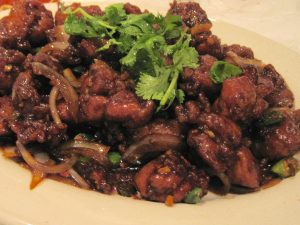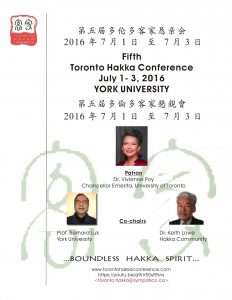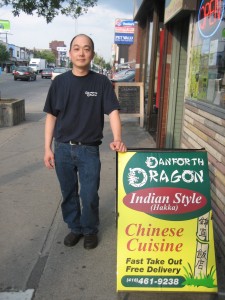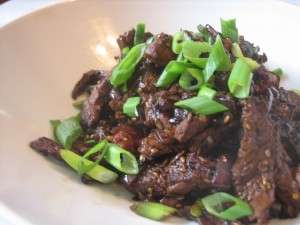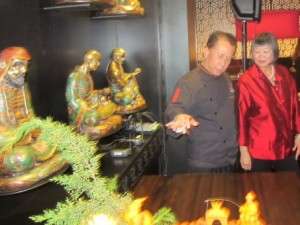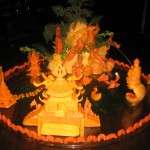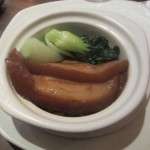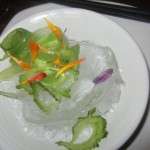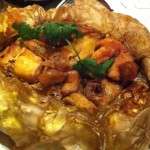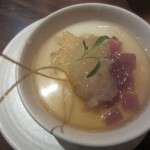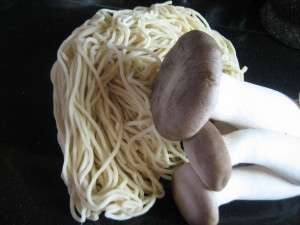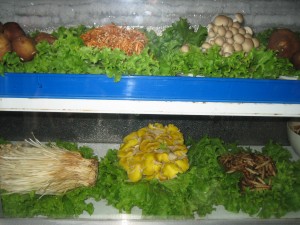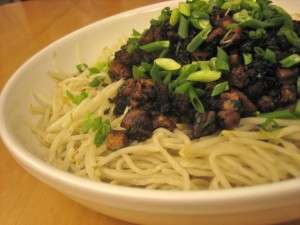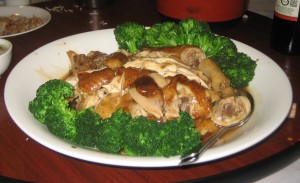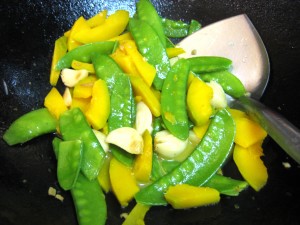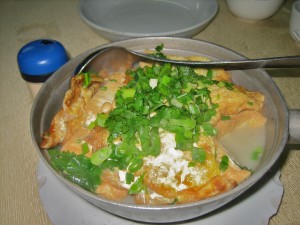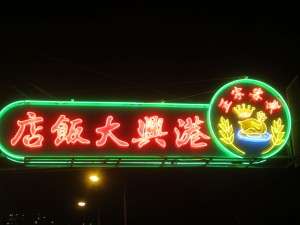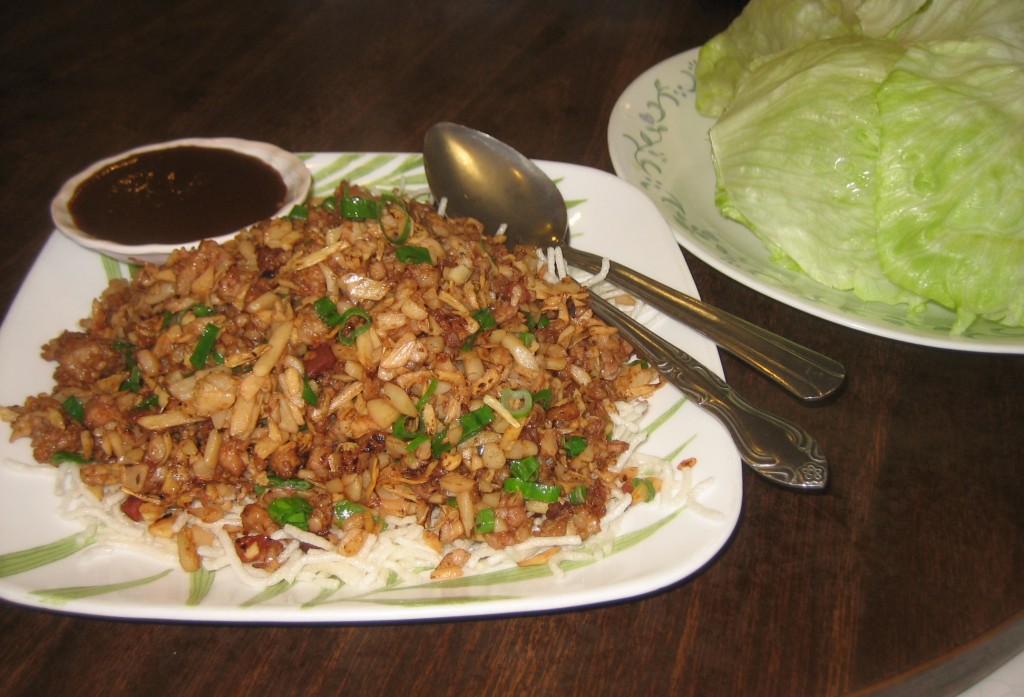In my last post I asked for Hakka restaurant recommendations in the Toronto area. With my upcoming trip to the Toronto Hakka Conference, I wanted to try some of the local Hakka food. Interestingly, most of the suggestions feature Hakka-Indian food (aka Indian-style Hakka Chinese Cuisine). Hakka chefs from India created this cuisine by blending Indian spices with Chinese cooking techniques. Often the resulting dishes such as Chili Chicken, Crispy Ginger Beef, and Shrimp Pakoras have a crisp texture and spicy flavor that customers love.
A few people also mentioned a couple of new restaurants run by young Hakka chefs who grew up in Canada and trained in Europe. Their parents are Hakka who migrated from Jamaica or South Africa and India. Their cooking reflects their multi-cultural background. Based on their online menus, a few dishes reflect Hakka inspiration, but most of the dishes are creative fusions cooked with Western techniques.
With the concentration of Hakka population in Toronto, I am puzzled why there aren’t restaurants that feature Hakka Chinese food. At Royal Chinese Seafood Restaurant and Esquire Great Eastern Restaurant–both Hakka Indian restaurants–I have eaten Hakka Chinese food in the past. Friends called the restaurant in advance to arrange for a Hakka Chinese meal. So perhaps, you need to call in advance to see if the chef is willing to cook a Hakka Chinese meal. I see on the website of Royal Chinese Seafood Restaurant, they now offer some Hakka Chinese dishes. Also where are the Hakka-Caribbean, Hakka-Singapore/Malaysia, Hakka-Taiwan, Hakka Mauritian restaurants?
Following are the suggestions from local Hakka. I haven’t tried them yet except for Royal Chinese Seafood Restaurant who I interviewed for The Hakka Cookbook.
Royal Chinese Seafood Restaurant, 735 Middlefield Rd. Unit 4- 5, Scarborough, ON M1V 5H5, Tel. 416 292 8888
Fedrick Restaurant,160 New Delhi Drive (off Markham Rd) , Markham Tel. 905 472 1682 OR 1920 Ellesmere Rd, Scarborough, ON M1H 2V6 Tel. 416 439 9234
Lotus Garden, 3460 Danforth Ave. Toronto, ON M1L 1E1 Tel. 416 686 7500
Lin Garden Restaurant,1806 Pharmacy Ave. Scarborough, ON M1T 1H6, Tel. 416 491 8484
Wanlee Loy, 5651 Steeles Ave. E. #7, Scarborough, Toronto, ON M1V 5P6, Tel. 416 291 4699
Patois,794 Dundas Street W, Toronto ON M6J 1V1, Tel. 647.350.8999
Dailo, 503 College St. (at Palmerson Blvd), Toronto, ON M6J 2J3, Tel.647 341 8882

